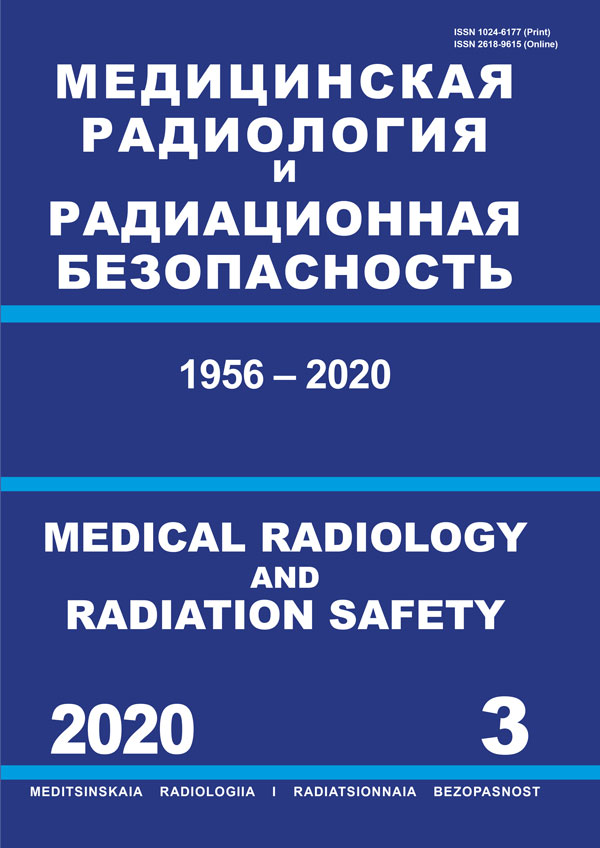Russian Federation
Russian Federation
CSCSTI 76.01
CSCSTI 76.29
Purpose: To study the effectiveness of dynamic computer cavernosography at the stage of preoperative examination of patients with venogenic erectile dysfunction (ED). Material and methods: 92 patients with venogenic erectile dysfunction were operated. Patients were divided into two groups depending on preoperative planning. Patients in group 1, pharma doppler sonography of the penis was used for preoperative planning. In group 2 – pharma doppler sonography of the penis and dynamic computer cavernosography were used. Resection of the deep dorsal vein of the penis was undergone in patients with proven distal type of shunt. A survey of patients was carried out before surgery and 12 months after surgical treatment according to the validated international rating scales of the erectile function. Results: After preoperative planning and surgical treatment scores of erectile function in both groups changed. In both groups the proportion of patients with a severe degree of ED significantly decreased. The level of assessment of the quality of erection in group 1 remained almost the same, but 26 % of patients recorded a maximum score of 4. In group 2 the majority of patients (56 %) described their condition with a maximum score of 4 points. The assessment of quality of life using a scale of “QOL” after surgical treatment was described by patients in the following way: “excellent”: in group 1 and 3 %, in group 2 and 7 %; “good”: in group 1 – 34 %, group 2 – 63 %; “satisfactory”: 3 % in both groups; “poor”: in group 1 – 50 %, group 2 – 15 %. These data confirm that resection of the deep dorsal vein of the penis statistically significantly (p < 0.0001) improves the quality of life of patients with vein-occlusive mechanism of erectile dysfunction. However, in group 2 due to the proposed preoperative planning and pathophysiologically due to the definition of specific indications for surgical intervention we achieved the best estimates of quality of life (p = 0.0108). Conclusion: Preoperative planning based on the application of dynamic computer cavernosography, provides a statistically significant (p = 0.0061) improvement of the results of resection of the deep dorsal vein of the penis in patients with vein-occlusive mechanism of ED.
vasculogenic erectile dysfunction, dynamic computer cavernosography, preoperative preparation, resection of the deep dorsal vein
Эректильная дисфункция (ЭД) является серьезной клинической и социальной проблемой. Распространенность ЭД среди мужчин в возрасте 18–78 лет, по мере старения населения неуклонно возрастает: от 13,8 % на третьей декаде жизни до 100 % у мужчин в возрасте старше 70 лет [1]. По данным Всемирной организации здравоохранения (ВОЗ), каждый десятый мужчина старше 21 года страдает расстройством эрекции, а каждый третий мужчина старше 60 лет вообще не способен совершать половой акт. Считается, что ЭД в 80 % случаев возникает из-за различных органических причин и в 20 % случаев обусловлена психологическими факторами, однако очень часто встречается их сочетание.
Одной из органических причин нарушения эрекции является васкулогенная ЭД.
1. Salahaldin R.D. Epidemiology of erectile dysfunction. Author’s abstract. dis. Cand. honey. sciences. - Rostov-on-Don, 2003. 21 pp. (In Russian)
2. Cakan M., Yalçinkaya F., Demirel F. et al. Is dorsale penile vein ligation (dpvl) still a treatment option in veno-occlusive dysfunction? // Int. Urol. Nephrol. 2004. Vol. 36. № 3. P. 381-387.
3. Lee D., Rotem E., Lewis R. et al. Bilateral external and internal pudendal veins embolization treatment for venogenic erectile dysfunction // Radiol. Case Rep. 2016. Vol. 12. № 1. P. 92-96.
4. Miwa Y., Shioyama R., Itou Y. et al. Pelvic venoablation with ethanol for the treatment of erectile dysfunction due to veno-occlusive dysfunction // Urology. 2001. Vol. 58. № 1. P. 76-79.
5. Rebonato A., Auci A., Sanguinetti F. et al. Embolization of the periprostatic venous plexus for erectile dysfunction resulting from venous leakage // J. Vasc. Interv. Radiol. 2014. Vol. 25. P. 866-872.
6. Hsu G.L., Hung Y.P., Tsai M.H. et al. The venous drainage of the corpora cavernosa in the human penis // Arab. J. Urol. 2013. Vol. 11. № 4. P. 384-391.
7. Molodysky E., Liu S.P., Huang S.J., Hsu G.L. Penile vascular surgery for treating erectile dysfunction: Current role and future direction // Arab. J. Urol. 2013. Vol. 11. № 3. P. 254-266.
8. Kaprin A. D., Kostin A. A., Kruglov, D. P. et al. Modern methods of instrumental diagnostics of vasculogenic erectile dysfunction // Eksper. i Klin. Urologia (‘Experimental and Clinical Urology’). 2016. № 3. P. 102-111. (In Russian. English abstracts. PubMed)
9. Efremov E. A., Zhukov O. B., Scherbinin S. N. et al. Dynamic computer cavernosography in the diagnosis vein-occlusive erectile dysfunction // Urologia Segodnia (‘Urology today’). 2012. № 4. P. 55-58. (In Russian. English abstracts. PubMed)





